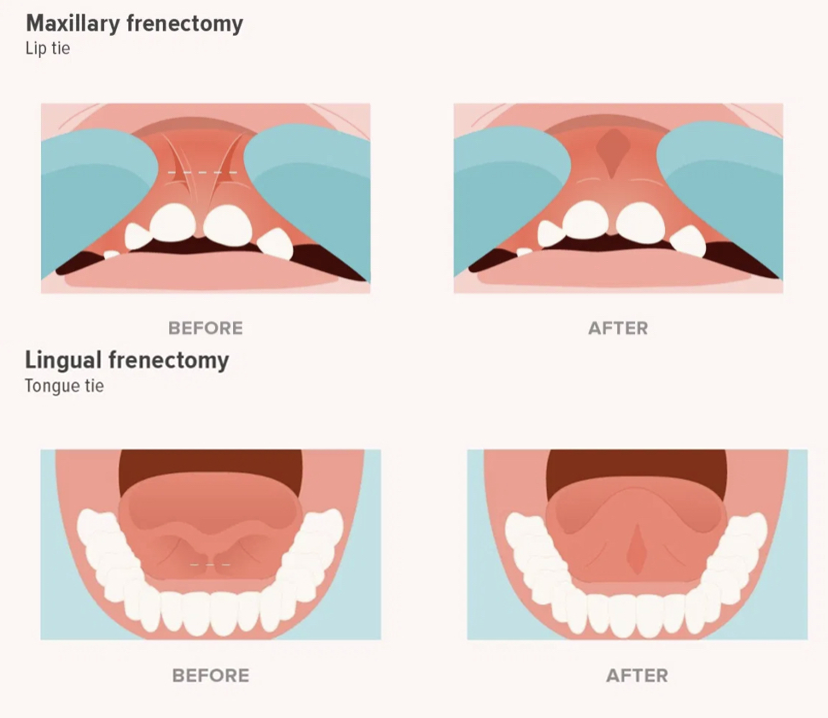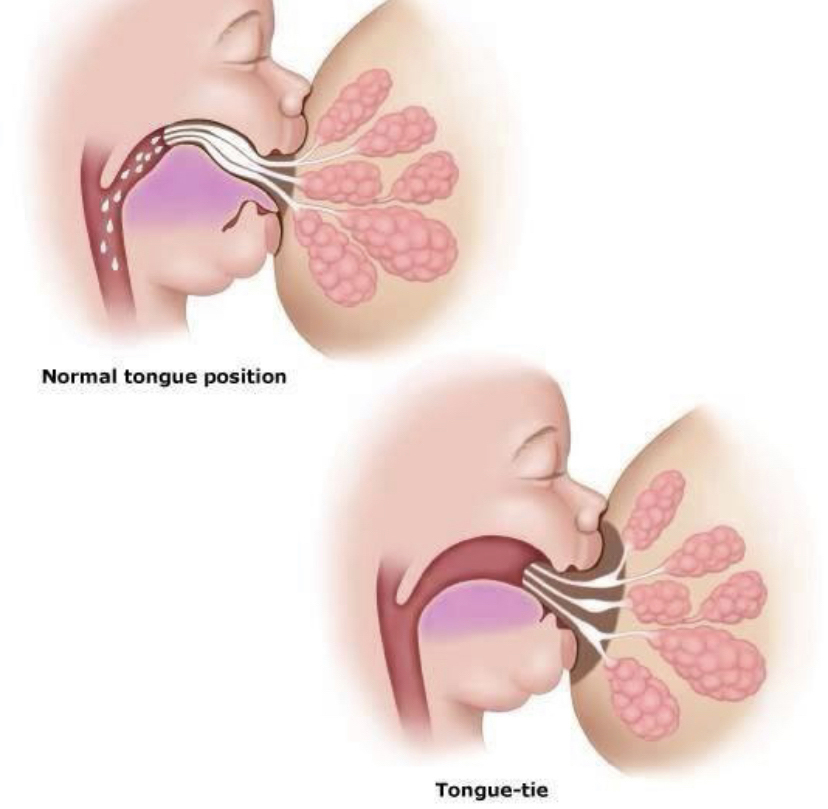Voted Best Pediatric Dentist
in McKinney 7 Years Running
We’re proud of the awards we’ve received because we work hard to take care of your little ones. As a full-service pediatric dental clinic, we offer a wide range of preventative services and treatments for children ages 0 to 18. From routine cleanings to complex treatment and everything in between, we’re a one stop shop to keep your kids smiling, comfortable, and confident.

Routine Cleaning
and Exams
Routine dental cleanings and exams are important for your child to maintain good oral hygiene and prevent decay and disease. Your daily home care is also critical, but the professional cleanings remove mineralized plaque that can develop despite good brushing and flossing, particularly in areas that are difficult to reach. Following the guidelines set forth by the American Academy of Pediatric Dentistry, we recommend that your child see us for a cleaning and exam once every six months. These preventative appointments typically last between 30 minutes and an hour, and parents are always welcome to come back to the treatment area or wait in the lobby. Most older children do better when mom or dad don’t come back, and they enjoy the opportunity to be independent. Our staff will let you know if they feel your child is ready for this exciting milestone.
- Cleaning and Fluoride →
- Digital X-Rays →
- Examination →
- Prizes →
Cleaning and Fluoride
During the appointment, your child’s teeth will be polished and scaled to remove the plaque and tartar from the tooth surfaces. He or she will get to pick a fun toothpaste flavor like cookie dough or bubble gum, and they will get to watch a kid-friendly movie overhead.
In addition to the cleaning, your child will also receive a concentrated fluoride treatment to help their teeth stay strong. In babies and younger children, we paint on a fluoride varnish that tastes like sweet strawberries, and you will need to wait at least 8 hours before you brush your child’s teeth at home. For older children, we use a fluoride gel that comes in many flavors, and they will need to wait 30 minutes before they eat or drink anything.
Digital X-rays
Dental x-rays will be taken as needed during their routine cleaning appointments to check for cavities in between their teeth, survey erupting teeth, diagnose bone disease, evaluate the results of an injury, or plan orthodontic treatment. All of our x-ray equipment is digital and uses much less radiation than traditional dental x-rays, and your child will also wear a lead body apron with a thyroid collar during the process. If you have any concerns about x-rays for your child, please discuss them with our staff.
Examination
The last part of your child’s routine cleaning is a thorough examination with one of our doctors. This includes reviewing any x-rays taken, examining your child’s mouth visually for problems, and talking to your child about their teeth and hygiene when age appropriate. If your child has decay or other problems requiring treatment, the dentist will discuss them with you and a treatment appointment will be set for a later date.
Prizes
Each and every appointment ends with a trip to the prize cabinet where your child will be able to choose a special reward for completing the appointment. We constantly refresh our prizes to keep them new and fresh for our patients, and we pride ourselves on having the coolest prizes in town!
In-Office Treatment
At Texas Pediatric Dentistry, we offer a variety of in-office treatment procedures such as fillings, extractions, and crowns. These appointments are typically done in the mornings and early afternoons due to the large volume of cleaning appointments we do after school, and because most children do better early in the day.
We know that dental treatment can sometimes be stressful and worrisome for parents, and we are more than happy to answer your questions and discuss any concerns you have. Feel free to talk to us in the office, call us, or reach out.
Most older children do better when mom or dad don’t come back, and they enjoy the opportunity to be independent. Our staff will let you know if they feel your child is ready for this exciting milestone.
- ← Treatment plans and policies
- ← Nitrous Oxide
- ← Local Anesthetic
Treatment plans and policies
Treatment can vary greatly from child to child depending on the extent of their problem(s), their age, and their behavior. If your child requires treatment, the dentist will discuss it with you in detail, and the front office staff will go over a treatment plan that outlines the procedures and estimated costs. Although it is not our policy, it is recommended that children over the age of four come back for treatment on their own. Parents are always kept informed of their progress as needed by our front staff. If you feel as though your child would benefit from your presence, you are more than welcome to accompany them for treatment. To minimize distractions and ensure the safety of our patients and staff, we ask that only one parent or guardian be present during treatment.
Nitrous Oxide
We utilize nitrous oxide, better known as laughing gas, for most of our treatment procedures. It’s the preferred sedation method for pediatric dentists because it’s safe, the effects are almost instantaneous, and it only takes a few seconds to clear out of their systems once the treatment is over. Nitrous oxide does not put a child to sleep, it just helps them remain calm and still so that we can safely complete treatment. It is well tolerated by children, and the most common side effect is mild nausea that subsides as soon as it is turned off.
Local Anesthetic
The majority of our dental procedures are done with local anesthetic to numb the area. The local anesthetic is an oral injection, but 95% of our patients never feel it or know they had it. They will not see it, topical cream is placed ahead of time so they do not feel it as much, and the dentists and assistants have techniques to distract them while it is being administered. We strongly discourage parents from telling their children ahead of time about the injection or indicating that the treatment is going to hurt. Telling a child those sorts of things can create an enormous amount of unnecessary anxiety, and it decreases the odds that we will be able to successfully complete treatment without a deeper level of sedation.
Sedation Dentistry
At Texas Pediatric Dentistry, we always prefer to complete dental procedures in the least invasive manner possible. Most children are able to complete treatment with nitrous oxide and local anesthetic, but some patients require IV or GA sedation. These patients are typically either very young, have special needs, or have extreme dental anxiety. If your child requires sedation to complete dental treatment, the dentist will discuss your options with you, and our staff will help you schedule and coordinate the procedure.
A deposit will be required prior to scheduling the procedure, and it will apply to your balance. Once the appointment is scheduled, if you choose to cancel or reschedule, the deposit is non-refundable. Feel free to talk to us in the office or give us a call.
Frenectomies
What is it?

The most common term for this procedure is a tongue tie or a lip tie removal. A frenectomy is a procedure that releases the frenulum from its attachment, allowing proper tooth alignment and full range of motion for the tongue and lip.
This procedure can be both preventative and corrective. The treatment can correct an infant’s inability to breastfeed, reduce a mother’s breast pain and also prevent later issues such as palatal development, tooth spacing, and dental caries. The procedure can also prevent issues with speech, swallowing, and gum disease. If detected before a child’s permanent teeth erupt, a frenectomy can prevent frontal gaps that might require orthodontics if left untreated.
What can it cause?

Frenectomy for the Infant
If your baby has trouble breastfeeding, this could be due to a restricted lip, tongue, or both. The lip must have the capability to flange out around the areola creating a sealed latch. At the same time, the tongue makes a wave like motion drawing in milk encouraging the baby to swallow. If restricted by a tongue tie or lip tie, proper nursing cannot be achieved.
Symptoms for Baby
- Difficulty achieving a good latch
- Slides off the breast
- Reflux/Colic
- Poor weight gain
Symptoms for Mom
- Creased, cracked, bleeding, and blanched nipples
- Painful latch
- Gumming or chewing of the nipples
- Incomplete breast drainage
- Infected nipples
- Mastitis or clogged ducts
- Oversupply/Undersupply
- Depression
Frenectomy for the child or adult
Symptoms
- Trouble with speech, swallowing, and chewing
- Development of the face
- Obstructive sleep apnea
- Tongue thrust
- Malocclusion
- Vaulted palate
- Spacing between front teeth
- High risk of cavities
How do we treat it?
Our Process
Your first initial contact will be with our Frenectomy Coordinator and Lactation Counselor, Shannen. A brief assessment of your chief complaints and concerns will be discussed and a consultation will be scheduled in our office. Questionnaires concerning behaviors, signs, and symptoms, as well as additional info, will be emailed to you to complete prior to your first visit.
Once you arrive, Dr. Jodi will do an evaluation and discuss the treatment options as well as the procedure, which can often be done that same day.
Learn more about Dr. Jodi and Shannen here!
What to Expect!
The day of the release
Dr. Jodi will briefly review the procedure and answer any questions you might have. Her assistants will swaddle your baby and place eye pads for protection from the laser. Photos will be taken both before and after the procedure. The release usually takes a couple of minutes, and once completed your baby will be brought directly back to you. You will be able to feed and comfort your baby immediately.
After the release
After the procedure, Shannen, your Lactation Counselor, will answer any questions you might have about home care. Understanding the postoperative instructions and exercises will ensure optimal healing and results. Follow up calls will be scheduled. Once home, you and your family may continue all day-to-day activities.
To help you better understand what to expect after the procedure—including healing timelines, aftercare instructions, and tips for a smooth recovery—please view our comprehensive post-op guide: Post-Op Guide





